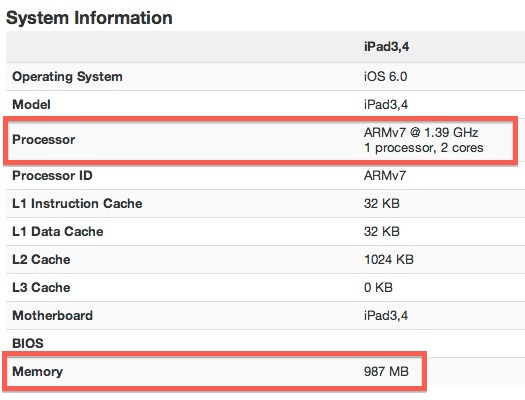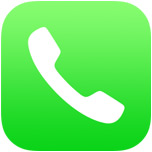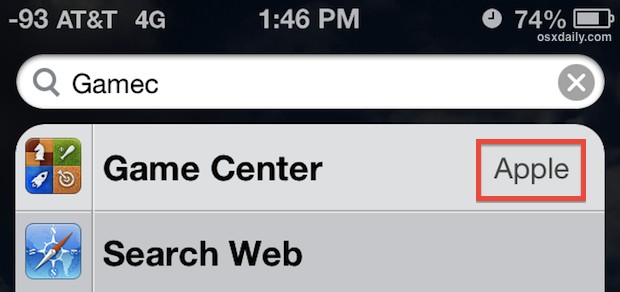iOS 6.0.1 Direct Download Links

The iOS 6.0.1 update provides some invaluable bug fixes, and every iPhone, iPad, or iPod touch user should update to take advantage of them. The vast majority of users are best served updating directly on their iOS device by using OTA update, found in Settings > General > Software Update. Connecting an iPhone, iPad, or iPod touch to iTunes will also trigger the automatic update procedure. Nonetheless, some advanced users prefer upgrading directly by using IPSW firmware files, and those downloads can be found here.
iOS 6.0.1 IPSW Download Links
These ipsw files are hosted by Apple, right-click on each link and choose “Save As”, the file extension should be .ipsw only.
iPhone
- iPhone 3GS
- iPhone 4 GSM (ATT)
- iPhone 4 CDMA (Verizon/Sprint)
- iPhone 4S
- iPhone 5 GSM (ATT)
- iPhone 5 CDMA (Verizon/Sprint)
iPad
- iPad 2 Wi-Fi (Original iPad 2)
- iPad 2,4 (Current iPad 2)
- iPad 2 GSM (ATT)
- iPad 2 CDMA (Verizon)
- iPad 3 Wi-Fi
- iPad 3 CDMA
- iPad 3 GSMl
- iPad 4 Wi-Fi
- iPad mini
iPod Touch
Again, if you don’t have prior experience using IPSW for updating iOS, it’s best to go the automated routes of Over The Air or through iTunes. You can read more about using firmware files here.

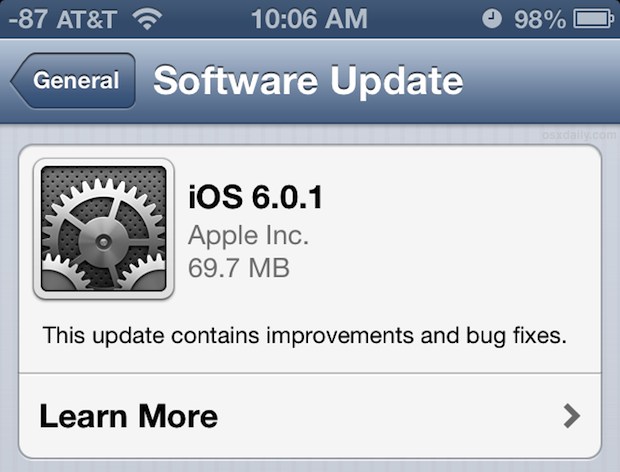

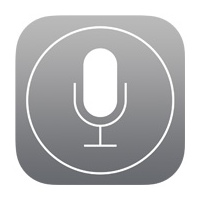 Siri works from the
Siri works from the 

